Understanding User Intent: How to Attract More Readers to Your Content

“First we try to rank higher, then we try to get leads/clients out of the organic views we get.”
This is one of the most common content marketing strategies I heard of.
In fact, most of our copywriting clients come to us demanding it. Very few of them speak of SEO and user-friendly landing pages from the get-go.
In my book, this is a huge mistake. If you don’t consider both SEO and human readers from the very beginning, the game is lost.
This is where user intent comes into play.
What Is User Intent?
According to Omniconvert,
“User intent tells us what a user is looking for when conducting a search query via a search engine. User intent takes into consideration the keywords used in search queries, but goes beyond them, trying to understand the context and the intention behind those words.”
In other words, user intent tells you what your reader wants, even when the query itself seems too vague or too general.
Let me give you an example: a user who searches for “wedding dresses” typically does not know what exactly they are after. Perhaps they don’t even have a wedding date set yet. Perhaps they just like to look at pretty white dresses and day dream.
On the other hand, a user that searches for “ivory A-line wedding dresses Utah” knows exactly what they are looking for. Most likely, they have a date set and they are way past their window shopping and consideration phase. They are now ready to buy.
If you own a wedding dress shop, what are you to do? A lot of people will tell you that having your copy optimized for “wedding dresses” is the way to go. After all, it’s what you’re selling, right?
True, but even if it were possible for a small town wedding dress boutique to outrank huge brands and retailers, the problem of user intent remains. They found your website, they looked at your dresses and then left.
In other words, your SEO and content marketing strategy did no help you to pay the bills.
Should you ignore generic queries then?
Well, it depends. It’s all tied up to the buying journey.
Let’s take a deeper look.
User Intent and Buyer Journey
In Hubspot’s words,
Buyer journey is the active process buyers go through to become aware of, evaluate, and purchase a new product or service.
This explains it better:
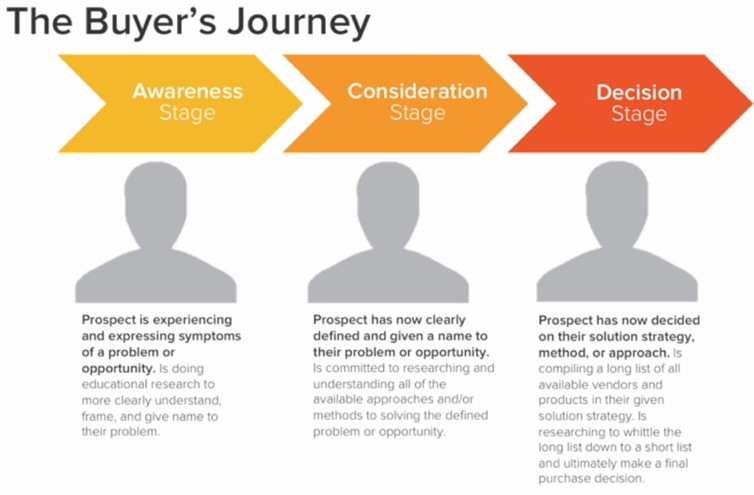 Image via HubSpot
Image via HubSpot
Following up on the example above, a user searching for “wedding dresses” is in the awareness stage. They might need a wedding dress soon, so they’re trying to familiarize themselves with “what is out there”.
In the consideration stage, the buyer knows what they are looking for. Expect a query like “A-line wedding dresses.”
In the decision stage, the buyer knows exactly what they are looking for. They now need the right vendor. Expect queries like “ivory A-line wedding dress” or “ivory A-line wedding dress Utah prices.”
The closer the buyer gets to the conclusion of the journey, the more specific their queries. Here’s another example from HubSpot:
Image via HubSpot
I know what you’re thinking now. How can I make user intent work for me? I’ve got the answer below:
Tying User Intent, Buyer’s Journey and Keyword Research
The best way to get real results from your content is to put user intend at the center of all your tactics. You can’t focus on SEO now and on lead generation in an indefinite future. The best of SEO copywriters can do it all in a single, swift swing.
Here are the principles that their work is guided by:
-
Understand how Users Interact with Search Engines
Unfortunately, most writers and so-called SEO experts conduct keyword research that is based mostly on volume. If one million people searched for a certain term in a month, then it must be worth something.
Well, of course it is.
But the real question is: “Is it worth something to you and your business?”
Ton answer that you need to know why people resort to search engines.
As Moz puts it, there are three types of queries:
Image via Moz
Each of these queries is fueled by a different type of user intent. As a content marketer or writer, your job is to deliver exactly what the readers are searching for.
Your content needs to provide an answer, offer information, solve a problem or entertain. If it doesn’t, users will return to the search engine result page and look for a better option.
If it does, then you have done more than attract readers to your content. You have managed to attract the right readers aka the kind who have the potential to turn into customers.
-
Create Content for Each Stage of the Buyer Journey or Buyer Cycle
Following up on the example above, optimizing for “wedding dresses” will bring you readers whose intent is to “look around”. They may not buy right away, but they will probably buy at some point.
For this type of readers, you need to create educational content. “How to choose the wedding dress that suits you best” is an example of a title that could get readers clicking on more pages on your website.
HubSpot goes even deeper with the classification of the buying cycle.
“Wedding dress” is a keyword that people in the awareness and consideration stage are most likely to use. Your job is to move them closer to purchase. Thus, customer testimonials, social proof, in-depth white papers or webinars are great tools to help potential buyers become more familiar with your brand and gain their trust.
This is also a great time to use PPC ads. Get very specific with your targeting or your keywords in PPC ads, as well as with the landing pages you direct potential buyers to.
Remember that they are searching for a vendor right now, so this is your chance to close the deal.
-
Landing Pages Are Your Best Friends
You should treat every page as a landing page, argues a Search Engine Land author.
And I agree.
Now that you know that user intent fuels every query, you also know how to create landing pages that convert. All of your products/services should have their own landing page. Optimize these for users in the late stages of the buying cycle.
What about the early stages, you ask?
Of course you shouldn’t ignore them!
You can create landing pages for your white papers or webinars. Write copy that leads readers to download/register and get them closer to the purchase moment.
Additionally, you can also use the user intent that points to the early stages to educate your readers. In-depth blog posts are a great idea.
-
Embrace Long-Tail Keywords
70% of search traffic comes from long-tail keywords.
Image via WPbeginner
Most importantly, purchases and sign-ups also come from long-tail keywords.
Plus, trying to rank for single-word keywords is extremely expensive.
And it all makes sense if you circle back to user intent.
People who know exactly what they want won’t be using single-word queries. They will be as specific as possible. Because they don’t care about getting millions of results.
They care about getting the right result.
So it’s up to you to show them that your page is that result.
In a nutshell: don’t let a low volume deter you from optimizing for long-tail keywords. You may not get a ton of traffic. But you will get the right traffic.
Wrapping Things Up
We can say that user intent is the key for content marketing and SEO success. Start by asking these three questions before anything else:
- What should my content solve for the customer?
- What are my business goals?
- What are my content goals?
The answer to these questions will generate the keywords you need to optimize for, the type of content you need to write and the types of promotion you need to use to get it in front of the right readers.
That’s it!
Sadly, too many people focus on the wrong metrics, hence the failure of content strategies. Does a optimizing for a certain keyword bring more than traffic? If it can help you solve a problem for the customer, it will also help you get sales or leads, as well as meet your business goals.
Need help making user intent work for you and your business goals? We’re here for you! Get in touch with skilled copywriters and marketers:

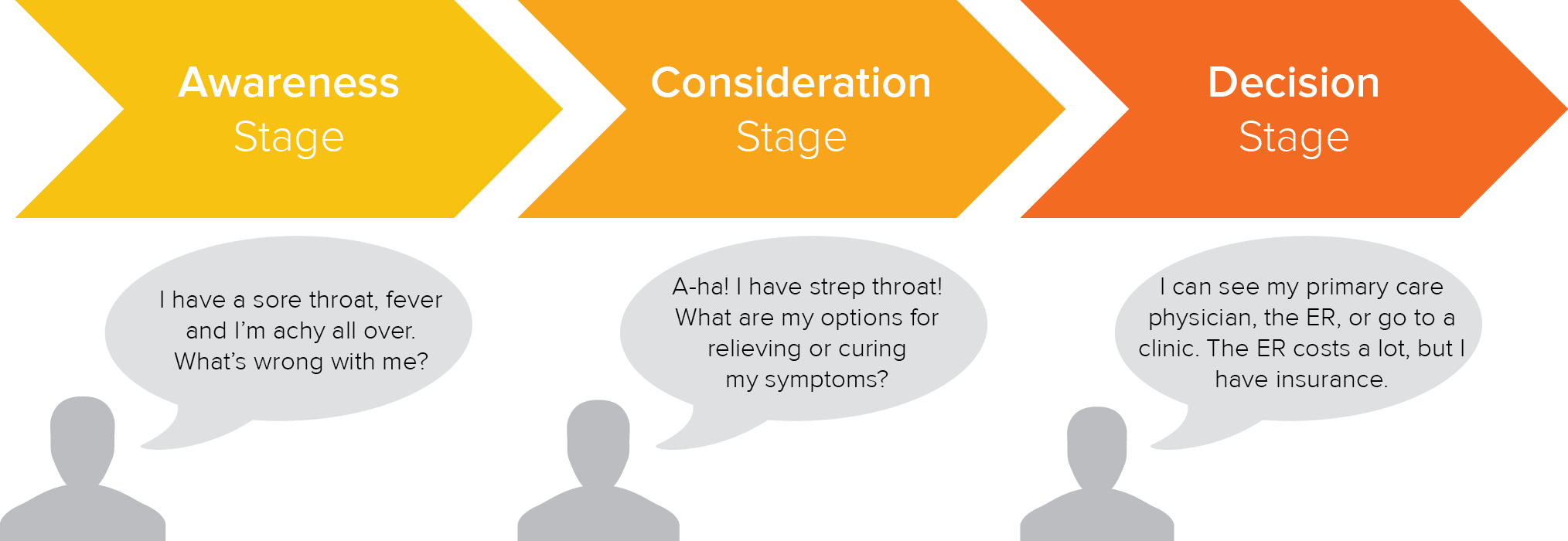
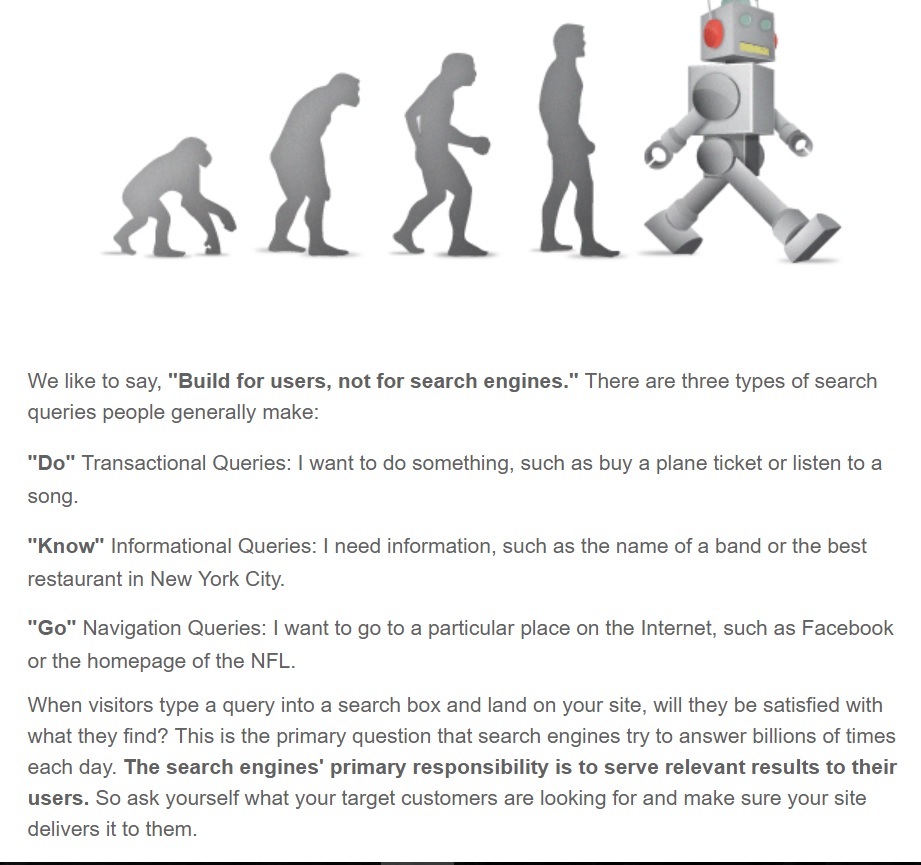
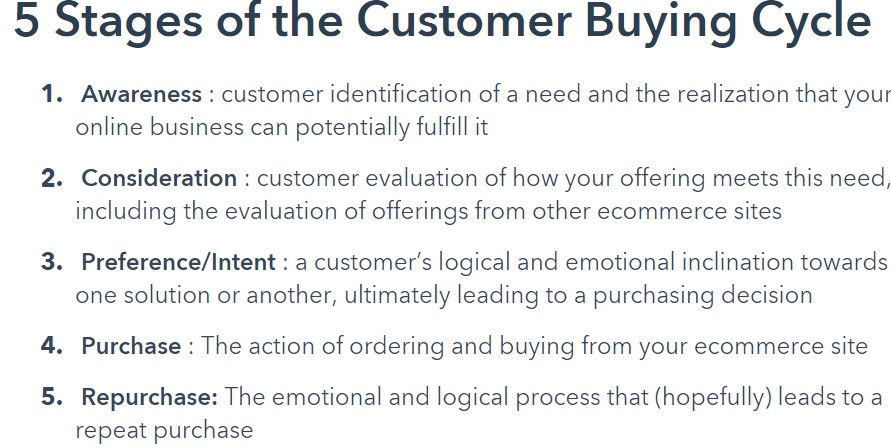
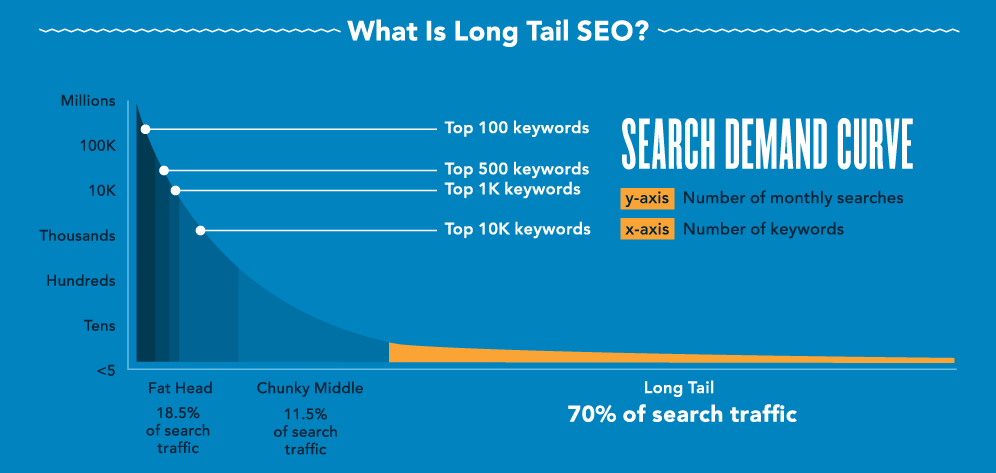

19 Comentarii la “Understanding User Intent: How to Attract More Readers to Your Content”
[…] The rise of voice-assisted search has shed new light on user intent. […]
[…] User intent is the key to great copy and content. I could go even further and say that user intent should be the foundation of any successful marketing endeavor. […]
[…] this doesn’t mean that you can’t sell on Facebook. It just means that you need to look at user intent a bit […]
[…] As an alternative of focusing on broad key phrases, attempt to purpose for long-tail ones. Put some thought into user intent. […]
[…] Instead of targeting broad keywords, try to aim for long-tail ones. Put some thought into user intent. […]
[…] if you circle back to user intent, the concept that should be the cornerstone of both SEO and […]
[…] if you circle back to user intent, the concept that should be the cornerstone of both SEO and […]
[…] if you circle back to user intent, the concept that should be the cornerstone of both SEO and […]
[…] intent, you have everything you need to create new products and services or improve existing ones. User intent is that magic key that opens countless doors: popularity, traffic, financial success and amazing […]
[…] intent, you have everything you need to create new products and services or improve existing ones. User intent is that magic key that opens countless doors: popularity, traffic, financial success and amazing […]
[…] you do SEO for the right metrics (aka ROI), you have to get a bit more specific and consider user intent for the keywords you choose. Here are some […]
[…] you do SEO for the right metrics (aka ROI), you have to get a bit more specific and consider user intent for the keywords you choose. Here are some […]
[…] key to profitable SEO is user intent. Before you write an article or a landing page, before you even start keyword research, think about […]
[…] best part of this strategy is that it goes straight to user intent and buyer persona compatibility. By tackling topics their existing clients needed clarification on, […]
[…] great content marketing. Always write with user intent in mind and leave search engines last. If human readers love your content, so will […]
[…] search volume matters VERY little. What matters more is user intent. You see, we needed clients who need copywriters. We don’t need thousands of them every month […]
[…] best part of this strategy is that it goes straight to user intent and buyer persona compatibility. By tackling topics their existing clients needed clarification on, […]
[…] intent, you have everything you need to create new products and services or improve existing ones. User intent is that magic key that opens countless doors: popularity, traffic, financial success and amazing […]
[…] key here is to focus on intent. I wrote more about user intent here if you want a longer read, but the gist of it is: don’t focus on simple, short keywords. Aim for […]